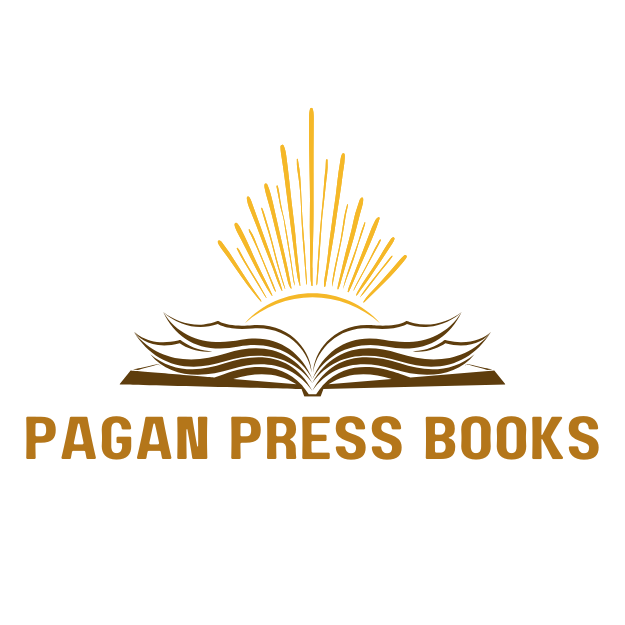Table of Contents
ToggleEver found yourself staring at a technical document thinking, “Did I just step into an alien world?” We get it. Technical writing can often feel like deciphering ancient hieroglyphs. Yet, it’s a crucial part of effective communication in any technical field. In this text, we’ll explore the ins and outs of technical writing documents. With a sprinkle of humor and a dash of insight, we’ll arm you with everything you need to turn that overwhelming document into a masterpiece of clarity.
What Is Technical Writing?
Technical writing is the art of conveying complex information in a way that’s easy to understand. Imagine translating a dense manual into a concise, engaging guide. We are talking about everything from user manuals to project proposals and technical specifications. This type of writing requires not just language skills, but also a deep understanding of the subject matter. We aim to bridge the gap between technical jargon and everyday language, making information accessible for everyone.
Types of Technical Writing Documents
In our tech-savvy world, various types of technical documents abound. Here are a few key examples:
- User Manuals: Designed to help end-users understand and operate products effectively.
- Technical Reports: These provide detailed information about specific projects or studies, including findings and recommendations.
- Standard Operating Procedures (SOPs): These documents outline the processes that staff members must follow.
- Specifications: These detail the requirements of a product or service to ensure clarity in development.
By knowing these types, we can create tailored documents for diverse audiences, enhancing clarity and usability.
Key Elements of Effective Technical Writing
Effective technical writing isn’t just about words: it’s about structure and clarity. Several key elements to consider include:
- Clarity: Our writing should be straightforward, avoiding ambiguity. This helps the reader grasp the information without confusion.
- Conciseness: Brevity is important. We strive for precision, so every word counts.
- Consistency: Using the same terms and formats throughout documents reinforces understanding. Picture how frustrating it would be to encounter different names for the same thing.
- Accuracy: Misinformation can lead to errors, so we must ensure our content reflects true, verified facts.
By prioritizing these elements, we can cultivate effective and professional technical documents.
Best Practices for Creating Technical Documents
Creating quality technical documents requires a blend of skill and strategy. Here are some best practices to carry out:
- Know Your Audience: Tailoring your content based on who will read it makes a huge difference in effectiveness.
- Use Visual Aids: Incorporating charts, graphs, or images can enhance understanding and retention.
- Iterative Review: Allow team members to provide feedback. Fresh eyes can spot errors we might overlook.
- Organize Content Logically: A structured layout with headings, bullet points, and numbered lists improves readability.
These practices guide us to create documents that not only communicate effectively but engage our readers.
Technical Writing Documents
In the ever-evolving landscape of technical writing, several tools can make our workload lighter and our documents sharper. Here are some favorites:
- Microsoft Word: A staple in most workplaces, offering essential tools for formatting and editing.
- Markdown Editors: For those who appreciate simplicity, Markdown allows formatting without distraction.
- Google Docs: Ideal for collaboration, enabling real-time updates and comments from team members.
- Adobe FrameMaker: A powerhouse for creating complex documents, particularly in publishing.
Employing these tools effectively enhances our productivity and ensures our documents meet professional standards.
Challenges in Technical Writing
Even though our best efforts, technical writing comes with its share of hurdles. Common challenges include:
- Complexity of Topics: Some subjects are inherently difficult, making simplification a challenge.
- Audience Variability: Different audience levels require us to adapt our language and detail, which can be tricky.
- Time Constraints: Balancing thoroughness with deadlines is a tightrope walk we often find ourselves on.
Acknowledging these challenges prepares us to tackle them head-on, enhancing our resilience as technical writers.




